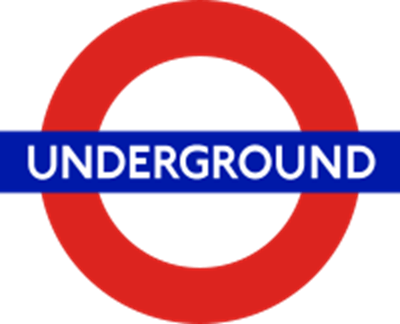Case study

Maximized station staff preferences while minimizing costs
London Underground (LU), better known as the Tube, opened in 1863 making it the world's first underground passenger railroad. The current operator, London Underground Limited, is a wholly-owned subsidiary of Transport for London (TfL). With 11 lines covering 402 km through Greater London and some parts of the adjacent counties, the Tube handles up to five million passenger journeys a day.
Operation:
- Railroad network: 402 Km
- Rolling stock: 4023 metro cars
- Nr. of stations: 272
- Nr. of trains / day (Monday to Friday peak hours): 543

-

significant
savings -

57%
reduction in planning time -

100%
ROI within 6-12 months
-
The Challenge
LU challenged SISCOG to develop a tool that needed to be fast and flexible at scheduling and capable of optimizing the work of the Customer Service (station staff), just as it had done before for the engineers/train operators (LU has been planning and optimizing the duties of around 3500 engineers with the CREWS-based system TSS since 2008).
But LU needed to be sure that their needs and goals would be perfectly met. So, a proof-of-concept (PoC) was developed upfront and convinced decision-makers that this was the way to go to achieve an optimized feasible work plan.
The goals laid out for the around 5000 station staff scheduling system were to:
- originate an optimized scheduling solution where staff preferences were maximized
- produce a valid and efficient set of duties and rosters
- present a faster and more flexible planning process
- provide autonomy regarding the definition, management and testing of labor rules
- support as many groups of station staff as possible, with guaranteed scalability in number and complexity
- provide a less error-prone and swifter User Experience
- generate outputs to SAP systems
- generate key reports
-
The Solution
SISCOG answered LU´s challenge with the development of a system, based on the Duty Scheduler and Roster Scheduler modules of its CREWS product, and aligned with the 2008 mature brother TSS - Train Staff Scheduling system for engineers.
The project approach was based on an “add value along the way” philosophy and dealt with as a partnership where there were not two typical client-supplier teams, but just one team. Developed through an agile methodology, this allowed for a constant alignment between SISCOG and LU, with 2-week interactions and releases every-other interaction, fostering the possibility for early use of the system by the end-users as a source of right-path confirmation and motivation.
On top of all the proven capabilities of the CREWS product, the system incorporates a new feature – the Rules Editor. This editor injected the necessary flexibility that LU needed to rethink the current Customer Service organizational structure. And be capable to continue to do so at any time, by the possibility to configure the rules that will let the system know how to validate and optimize duties and rosters. SISCOG's optimizers use this information to guide the optimization process, which really gives the end-users all kinds of possibilities. With the activation of the Rules Editor, LU specific rules and staff preferences are all expressed in a Rule Book, as is the optimization’s engine cost rationale, leveraging the user experience to a whole new level.
Detailed training sessions and a final workshop enabled the main users to get the most out of all the system’s functionality and train others.
The system is being used and under maintenance since 2022 enabling LU to rethink Customer Service, while catering for station staff preferences in an optimized manner.
-
The Benefits
- Important savings in the new work schedules
- Maximized station staff preferences
- Decrease from 35 to 15 hours to plan one large complex station staff group
- Autonomy to redefine the organizational structure of the Customer Service
- Automatic validation by the system regarding the feasibility of duties and rosters
- Management of business knowledge in the system
- Better scheduling decisions due to the capability to build “what if” scenarios
-
Steve Ashton, Head of Establishment Planning, TfL
A great achievement that is going to ensure real value to TfL over the coming months.
-
Alan Monk, Schedules Team Lead, TfL
With the Rules Editor we can define the duties and maximize them… and then dial back for operational and staff preferences.


